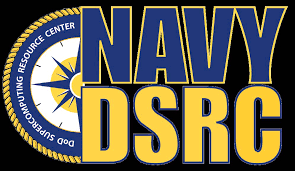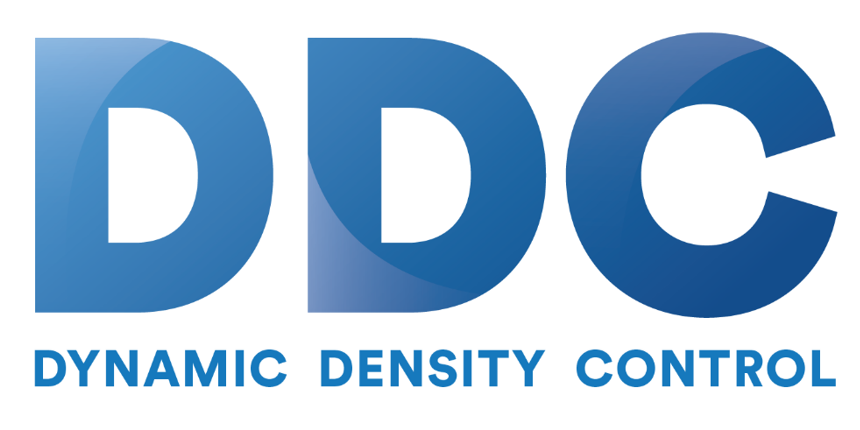 STENNIS SPACE CENTER, Mississippi – The Navy DoD Supercomputing Resource Center (Navy DSRC) has announced an addition to its lineup of supercomputers: Nautilus, a Penguin TrueHPC supercomputer with a peak performance of 8.2 petaFLOPS, 176,128 compute cores, 382 TB of memory, and 26 petabytes of storage. It completed its final testing in April 2023 and features 48 GPU nodes.
STENNIS SPACE CENTER, Mississippi – The Navy DoD Supercomputing Resource Center (Navy DSRC) has announced an addition to its lineup of supercomputers: Nautilus, a Penguin TrueHPC supercomputer with a peak performance of 8.2 petaFLOPS, 176,128 compute cores, 382 TB of memory, and 26 petabytes of storage. It completed its final testing in April 2023 and features 48 GPU nodes.
Including Nautilus, the Navy DSRC now has a total of six supercomputers and is one of five DSRCs in the Department of Defense’s High-Performance Computing Modernization Program (HPCMP).
The Nautilus HPC system configuration includes 1,352 compute nodes with up to 128 AMD EPYC Milan compute cores per node, 256 GB of memory per node, 16 NVIDIA A40 visualization nodes, 32 NVIDIA A100 Quad GPU AI/ML nodes, 26 petabytes of DDN storage (including 4.15 petabytes of NVMe storage), and a 200 Gbps NVIDIA Mellanox Infiniband interconnect.
High-performance computing plays a crucial role in many Department of Defense (DOD) projects, enabling scientists and researchers to achieve their science and technology objectives in various scientific disciplines, such as climate, weather, and ocean modeling, computational fluid dynamics, and computational chemistry. By using complex applications on these specialized HPC systems, they can predict the behavior of engineered systems in complex environments and analyze patterns in physical systems, enabling scientific discoveries and improvements in warfighting capabilities in a much faster, more efficient manner.
The Navy DSRC has also increased the computational performance of its HPE Cray EX supercomputer, Narwhal. It now has an additional 18,176 cores, bringing its overall compute capacity to 308,480 compute cores via an additional 128 standard nodes and 14 large memory nodes with 1 TB per node.
Still the largest unclassified supercomputer in the Department of Defense, Narwhal now has 13.6 petaFLOPS of computing performance – that’s 13.6 quadrillion floating-point operations per second. Each flop represents a possible calculation, such as addition, subtraction, multiplication, or division.
With these enhancements, the Navy DSRC now offers its users a total of nearly 600,000 compute cores and over 30 petaFLOPS aggregate computational capability.
The Navy DoD Supercomputing Resource Center (Navy DSRC) is a premier provider of high-performance computing services and support to the United States Department of Defense scientists and engineers. It is one of five supercomputing centers established under the auspices of the Department of Defense (DoD) High Performance Computing Modernization Program (HPCMP), and is operated by the Commander, Naval Meteorology and Oceanography Command (CNMOC).
The center’s focus on highly available HPC capability supports the DoD HPCMP by maintaining and providing HPC systems with primary emphases on support of the largest, most computationally intensive HPC applications. In particular, the Navy DSRC provides significant computational power to CNMOC in its development of weather and ocean products which support the Navy fleet in daily operations.
The benefits of supercomputing are not limited to research and development. They also provide a technological advantage for DOD projects, allowing for shorter design cycles and reducing the need for costly and potentially dangerous live experiments and prototype demonstrations. However, supercomputing technology is evolving rapidly, and global competition poses a significant threat to technology leadership.
To ensure a competitive edge for DOD technology projects, the HPCMP and the Navy DSRC have a mission to continuously modernize supercomputing systems. By doing so, they can maintain their advantage in a fast-changing technological landscape.
The Navy DSRC is responsible for the operation and maintenance of supercomputing systems and the transfer of technical knowledge to DOD research projects. It typically operates two or more supercomputers on an average four to five-year life cycle. It also provides documentation, courseware, technical assistance, and project support for DOD scientists and engineers.
The Navy DSRC staff brings to the DoD expertise in high-performance computing systems configuration and administration, cybersecurity, high-speed networks, data archival systems, and HPC user support. Our in-house knowledge is further supplemented by the Productivity Enhancement and Training (PET) on-site staff with expertise in the areas of Advanced Computational Environment and Climate Weather Ocean Modeling and Simulation. The center also provides leadership for HPCMP-wide functions including HPC system acquisition, remote petascale data storage, enterprise systems monitoring, and remote system and database administration.



Mind boggling numbers in every respect, except the VERY humble 200Mbit interconnect between nodes. Even home networks of 10Mbit are common.
200Mbits is only 25 megabytes per second.
Its sobering.